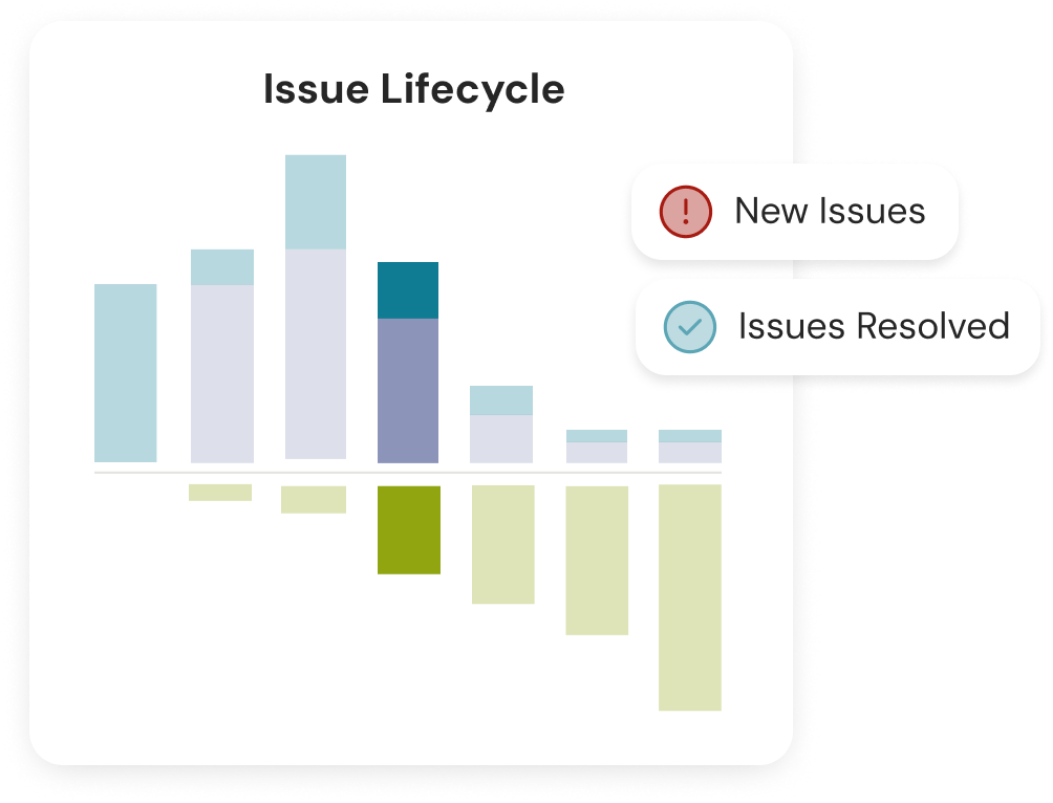.png)

Gain total visibility: Monitor all open, new, and resolved issues in one place—so nothing slips through the cracks.
Prioritize with confidence: Fix the issues with the biggest business impact first.
.png)
Get AI-driven app recommendations based on Salesforce orgs like yours. Benchmark health and complexity across the ecosystem, replace intuition with objective data, and show leadership the ROI with clear, comparative insights.
.png)
Turn insight into action, instantly. Hubbl transforms audit results into a prioritized, step-by-step roadmap.
Issues are automatically ranked by severity, with expert guidance for admins and developers. Assign tasks, track progress in real time, and keep your org healthier every day.